Growing Industrial Applications
The industrial applications of nitrogen generators are expanding, contributing to the growth of the nitrogen generator market. Industries such as chemicals, oil and gas, and metal fabrication utilize nitrogen for various processes, including inerting, blanketing, and purging. The increasing need for safety and efficiency in these sectors is driving the demand for on-site nitrogen generation solutions. Reports indicate that the industrial sector is projected to grow at a rate of 4% annually, which bodes well for the nitrogen generator market. As companies seek to optimize their operations and reduce reliance on external gas suppliers, the adoption of nitrogen generators is expected to rise, further propelling market growth.
Cost Efficiency and Operational Benefits
Cost efficiency remains a primary driver for the nitrogen generator market. On-site nitrogen generation systems significantly reduce the costs associated with purchasing and transporting nitrogen gas. Industries are increasingly recognizing the long-term financial benefits of investing in nitrogen generators, which can lead to substantial savings over time. The nitrogen generator market is expected to grow as more companies evaluate the total cost of ownership and operational benefits of these systems. By minimizing downtime and ensuring a continuous supply of nitrogen, businesses can enhance productivity and reduce operational risks, making nitrogen generators an attractive option for various applications.
Rising Demand in Food and Beverage Sector
The food and beverage sector is experiencing a notable increase in the demand for nitrogen generators. Nitrogen is essential for preserving the quality and extending the shelf life of various products, including packaged foods and beverages. The nitrogen generator market is likely to benefit from this trend, as manufacturers seek efficient solutions to maintain product integrity. In recent years, the food and beverage industry has seen a growth rate of approximately 5% annually, which correlates with the rising adoption of nitrogen generators. This trend suggests that companies are increasingly investing in on-site nitrogen generation systems to reduce costs and enhance product quality, thereby driving the nitrogen generator market forward.
Technological Advancements in Nitrogen Generation
Technological advancements are playing a crucial role in shaping the nitrogen generator market. Innovations in membrane separation and pressure swing adsorption technologies have led to more efficient and cost-effective nitrogen generation systems. These advancements not only improve the purity levels of nitrogen produced but also reduce energy consumption, making them more appealing to industries such as pharmaceuticals and electronics. The nitrogen generator market is witnessing a shift towards these advanced technologies, which are expected to account for a significant share of the market by 2026. As industries continue to prioritize efficiency and sustainability, the adoption of these advanced nitrogen generation technologies is likely to accelerate.
Regulatory Support for Environmental Sustainability
Regulatory frameworks promoting environmental sustainability are influencing the nitrogen generator market positively. Governments are increasingly implementing regulations that encourage industries to adopt cleaner technologies and reduce greenhouse gas emissions. Nitrogen generators, which offer a more sustainable alternative to traditional gas supply methods, align well with these regulatory trends. The nitrogen generator market is likely to see increased investments as companies strive to comply with environmental regulations while also enhancing operational efficiency. This regulatory support not only fosters innovation but also encourages the adoption of nitrogen generation technologies across various sectors, thereby driving market growth.


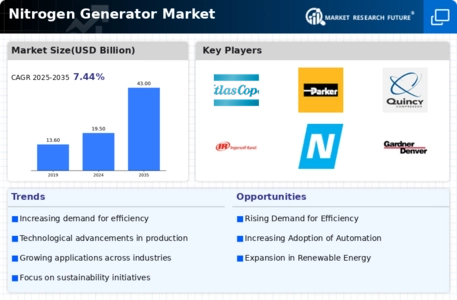
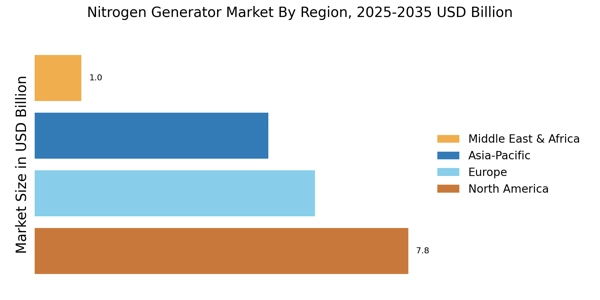
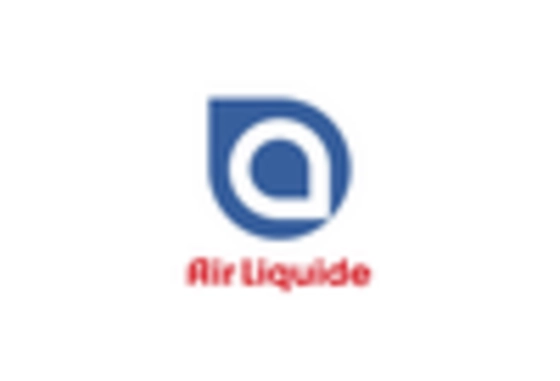
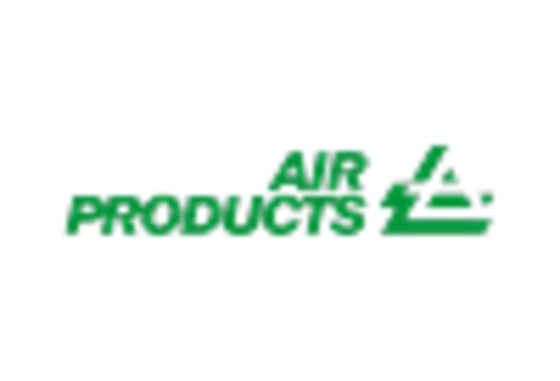
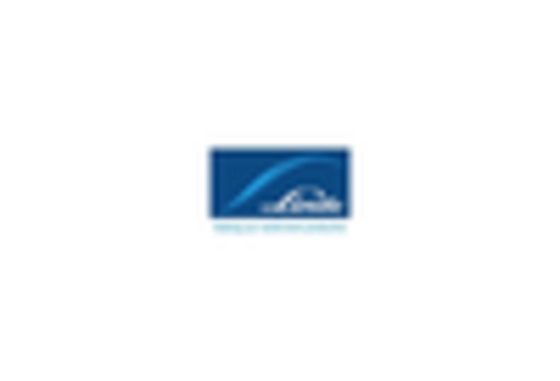
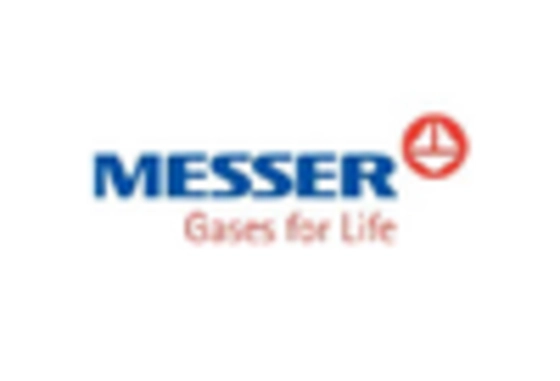










Leave a Comment